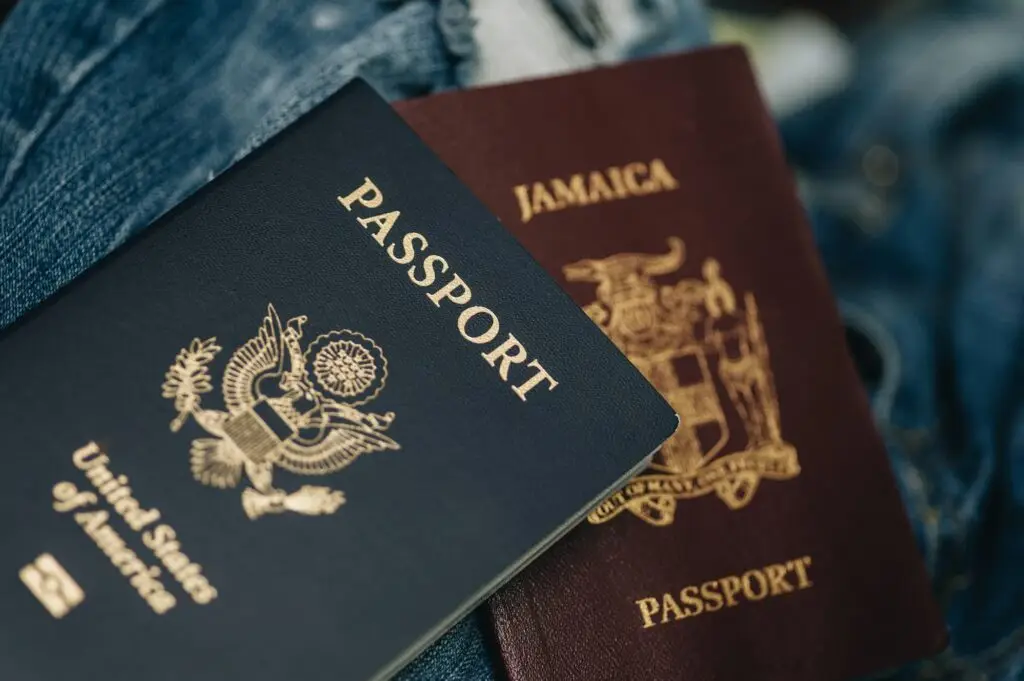Introduction
The United States remains one of the most sought-after immigration destinations, offering numerous pathways for individuals seeking permanent residency (Green Card). From employment-based visas to family reunification and investment opportunities, immigrants have several legal routes to establish a long-term future in the U.S.
However, each immigration category comes with specific eligibility criteria, waiting times, and requirements. Understanding these options is crucial for making informed decisions about the most effective way to obtain U.S. permanent residency.
Key Takeaways
- Employment-based immigration (H-1B, L-1, EB categories) is the most common route for skilled professionals.
- Family reunification visas allow U.S. citizens and Green Card holders to sponsor relatives.
- The EB-5 investment program provides a fast track to a Green Card for those who invest in the U.S. economy.
- The Diversity Visa Lottery (Green Card Lottery) offers 50,000 applicants per year a chance at residency.
- Asylum seekers and refugees can apply for Green Cards after one year of residing in the U.S.
Employment-Based Immigration: The H-1B & Green Card Path
For skilled professionals, employment-based visas offer one of the most reliable paths to a Green Card.
✅ H-1B Visa:
- Designed for professionals in fields like technology, engineering, finance, and medicine.
- Requires a job offer from a U.S. employer willing to sponsor the visa.
- Leads to permanent residency through the EB-2 or EB-3 Green Card categories after several years.
✅ L-1 Visa (Intra-Company Transfers):
- For individuals transferring within multinational companies to a U.S. office.
- Offers a direct path to a Green Card under the EB-1 category for executives and managers.
✅ O-1 Visa (Extraordinary Ability):
- Suitable for scientists, artists, athletes, and business leaders.
- Often leads to EB-1 priority Green Card applications.
Family-Based Immigration: Reuniting with Relatives in the U.S.
Family reunification remains a key component of U.S. immigration policy. Green Card holders and U.S. citizens can sponsor immediate family members for residency.
✅ Who Can Apply?
- U.S. citizens can petition for spouses, children, parents, and siblings.
- Green Card holders can only petition for spouses and unmarried children.
Processing times vary, with spouses and minor children of U.S. citizens receiving the fastest approvals, while siblings and extended family members may wait several years.
Investment Immigration: The EB-5 Visa Program
For wealthy individuals seeking a faster path to permanent residency, the EB-5 Investor Visa Program offers a direct route to a Green Card.
✅ Key Requirements:
- Invest at least $800,000 in a U.S. business.
- Create at least 10 full-time jobs for American workers.
- Receive conditional Green Card status, which can become permanent after two years.
This program is ideal for entrepreneurs and high-net-worth individuals looking to expand business operations in the U.S. while securing residency.
The Diversity Visa Lottery: A Green Card Through Luck
Each year, the Diversity Visa (DV) Lottery offers 50,000 individuals from underrepresented countries the chance to obtain U.S. permanent residency.
✅ Eligibility & Process:
- Applicants must be from a country with low immigration levels to the U.S.
- Minimum education: High school diploma or two years of qualifying work experience.
- Application is free and must be submitted online.
While this is one of the simplest ways to obtain a Green Card, the selection process is entirely random, making it an unpredictable route to residency.
Seeking Asylum or Refugee Status
For individuals facing persecution in their home countries, seeking asylum in the U.S. can lead to permanent residency.
✅ Requirements:
- Must prove fear of persecution based on race, religion, nationality, political opinion, or social group.
- Applicants who are granted asylum or refugee status can apply for a Green Card after one year.
However, the asylum process is highly competitive and requires substantial evidence, making it a challenging but necessary path for those in danger.
Opinion: Choosing the Right Immigration Path
The best immigration route depends on an individual’s background, financial capacity, and personal circumstances.
🔹 For skilled professionals – Employment-based visas (H-1B, L-1, EB categories) offer the most structured path to a Green Card.
🔹 For families – Family-sponsored immigration remains one of the strongest and fastest ways to secure residency.
🔹 For investors – The EB-5 program provides a clear but costly shortcut to a Green Card.
🔹 For those with luck on their side – The Diversity Visa Lottery remains a risk-free opportunity worth applying for.
The most important step for any prospective immigrant is careful planning, proper documentation, and legal consultation to avoid delays and rejections.
Conclusion
Navigating the U.S. immigration system can be complex, but several legal pathways exist to achieve permanent residency. Whether through employment, family sponsorship, investment, or humanitarian programs, each route requires careful planning and adherence to immigration policies.
For those serious about moving to the U.S., consulting an immigration attorney or a licensed expert can significantly improve the chances of success.










